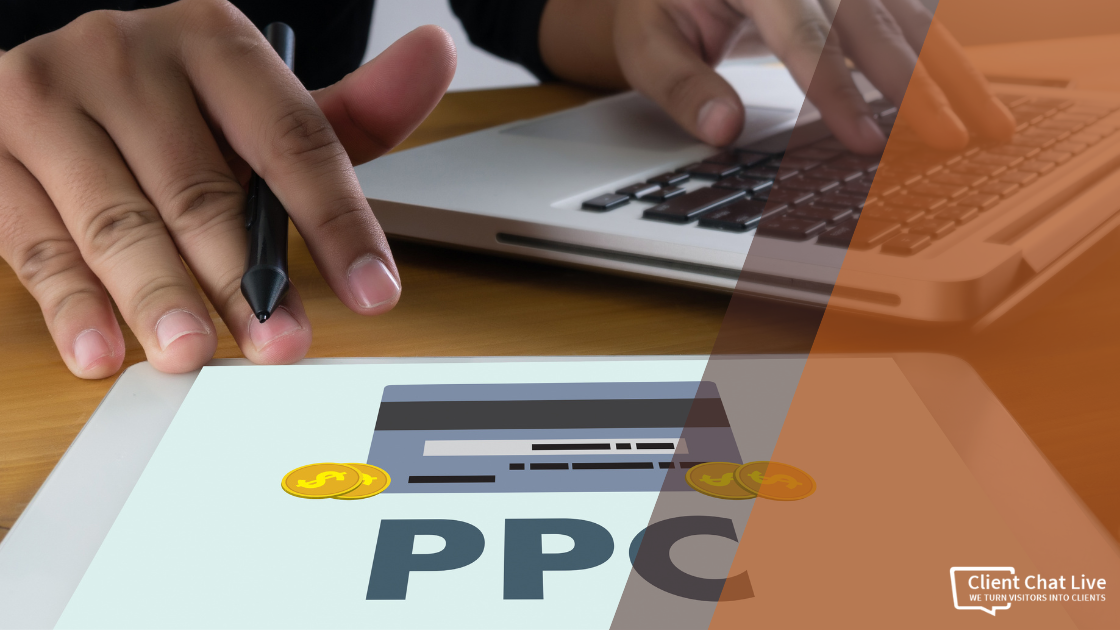
Pay Per Click (PPC) has become an invaluable marketing tool for law firms of all sizes. Today, attorneys can better reach a target audience through an array of PPC channels, including Google AdWords, Bing Ads, social media advertising, and many more, with each offering myriad options for flexibility and customization.
Many firms, however, are failing to reap the full benefits of PPC by making one or more common mistakes. The following is a list of five tips to keep in mind when setting up your PPC campaign.
Imagine a woman searching Google for legal information after she was injured in a motor vehicle accident. She comes across an advertisement entitled “What to Do Following a Car Crash,” but after clicking on the link, she is directed to a Contact Us page on a law firm’s website. Do you think she’ll spend extra time browsing the site to find the article that initially drew her there? Probably not.
While intriguing ad copy may attract an Internet user to your website, sending them to an unrelated landing page will often cause them confusion or frustration. They will likely abandon your website, and the money you spent on that ad click will have been squandered. Instead, make sure that your ad link directs users to the appropriate content and that your landing page is optimized for conversions.
For many small or mid-sized law firms, marketing budgets are often rather limited, and it is incumbent on marketing professionals to know how to best stretch a dollar. Numerous firms, however, fail to maximize their ad budget because they include either as many keywords as they can or too broad of keywords in their PPC campaigns. The goal of PPC is to create focused and targeted ads, so using broad keywords could reduce your campaign’s effectiveness.
For example, if a family law practice based in Sacramento uses just “divorce” as a keyword, its advertisement could be shown to countless people who are not necessarily looking for legal representation. If the firm instead makes its keywords more specific, such as “Sacramento divorce attorney,” then its ad will be shown almost exclusively to people searching for a family lawyer in the area.
In addition to knowing which keywords your target audience is searching for, you must also identify which queries share some common keywords with your ad but are ultimately irrelevant.
There is an endless number of websites for lawyer jokes—I mean, who doesn’t love those?—but you don’t want your ad for “personal injury lawyer” popping up when someone Googles “personal injury lawyer jokes.” To prevent that, you should negative out “jokes” in your campaign.
This crucial yet often underutilized tool can lead to dramatic returns in your PPC strategy. It’s simply addition by subtraction!
Limiting the reach of your ads is another effective way to focus on just the clients you want to sign.
It’s likely that a small solo practice in Texas doesn’t have the resources to take on a case in New York, so it would only make sense for the attorney to not advertise in the Empire State.
By setting up geo-targeting for your campaign, you can restrict your ad from being shown to users outside of a defined geographic area. You can also use this tool to pinpoint a specified region, such as a particular ZIP code, in order to target your ad to those who will most likely use your services.
Now that you’ve added a few more weapons to your PPC arsenal, you may be tempted to make a bunch of changes and immediately put them into effect. Not so fast!
You should generally avoid launching a new or dramatically changed PPC campaign before running a split test, also known as an A/B test. Nearly all PPC engines enable users to split-test an ad, which allows you to simultaneously run two or more versions of an ad against each other in order to analyze which variation will lead to the most clicks and on-site conversions. With this approach, your firm will be able to take a lot of guesswork out of its ad strategy.





